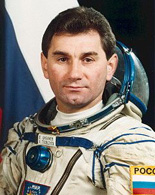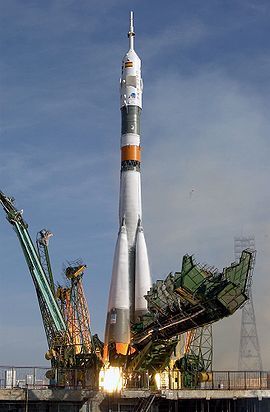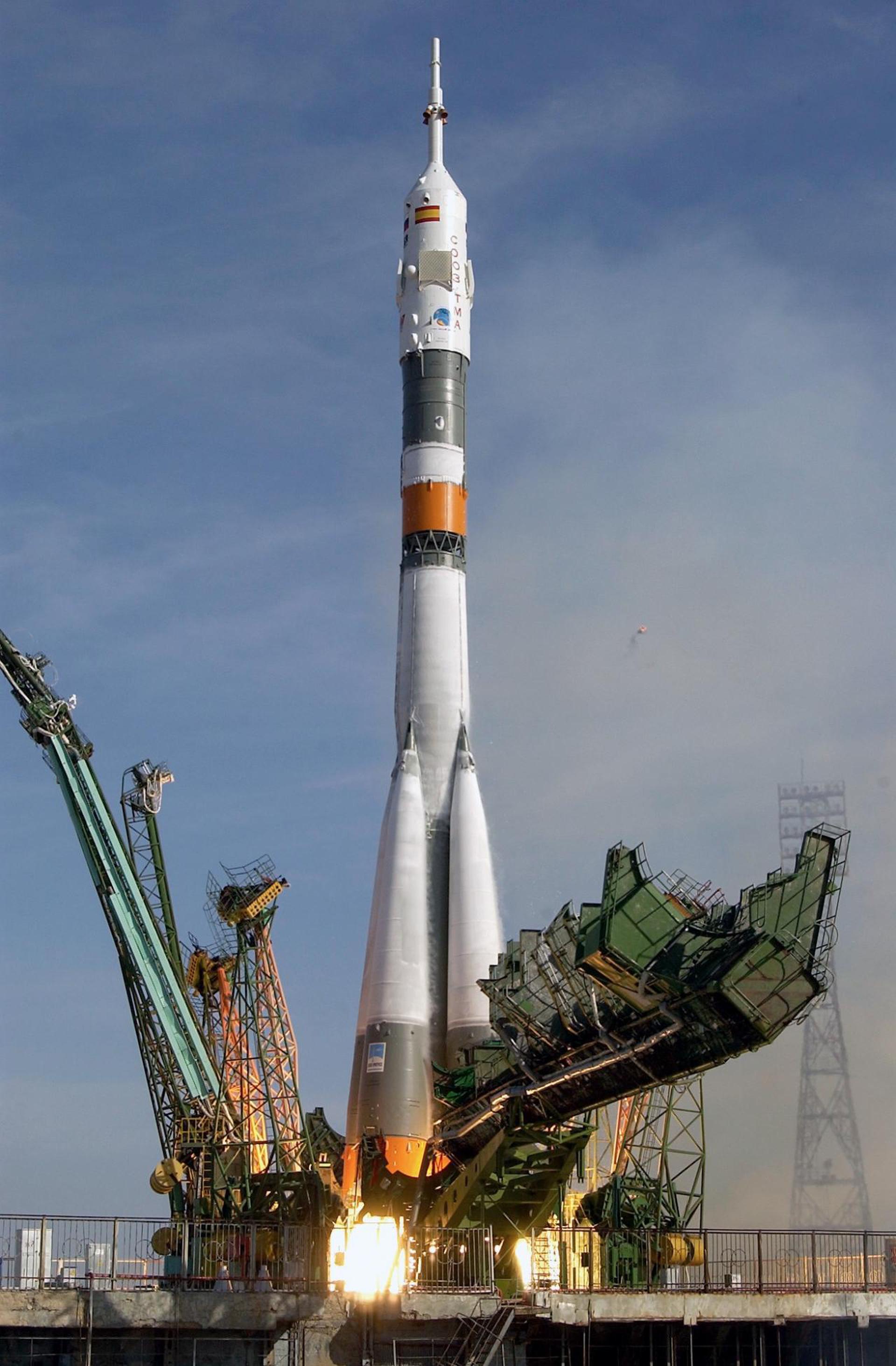Vasily Tsibliyev
Russian - (RFSA)
Retired
Date of Birth: Feb. 20, 1954
Age: 71
Vasily Vasiliyevich Tsibliyev (Russian: Василий Василиевич Циблиев); born on February 20, 1954) is a Russian cosmonaut. He was selected as a cosmonaut on March 26, 1987. Tsibliyev flew as Commander on Soyuz TM-17 from July 1, 1993 to January 14, 1994 and on Soyuz TM-25 from February 2, 1997 to August 14 of the same year. He retired on June 19, 1998. Tsibliyev is currently Chief of the Yuri Gagarin Cosmonauts Training Center at Star City, Russia. Tsibliyev was the commander in charge of Mir when it was hit by a Progress spacecraft in 1997.
Soyuz-U2 | Soyuz TM-17
Soviet Space Program | RussiaBaikonur Cosmodrome, Republic of Kazakhstan
July 1, 1993, 2:32 p.m.
Status: Success
Mission:
Soyuz TM-17 was the 17th mission and the 14th long-duration expedition to Mir space station. The mission began on July 1, 1993, 14:32:58 UTC, launching Commander Vasili Tsibliyev, Flight Engineer Aleksandr Serebrov and Research Cosmonaut Jean-Pierre Haigneré into orbit. They docked with Mir two days later. During their stay there, cosmonauts performed EVAs, various station repair and maintenance tasks, and carried out various scientific experiments. Station crew was visited by several Progress resupply spacecrafts, and welcomed aboard the Soyuz TM-18 crew. The mission concluded with a safe landing back on Earth on January 14, 1994, 08:18:20 UTC.
Low Earth OrbitSoyuz-U | Soyuz TM-25
Russian Federal Space Agency (ROSCOSMOS) | RussiaBaikonur Cosmodrome, Republic of Kazakhstan
Feb. 10, 1997, 2:09 p.m.
Status: Success
Mission:
Soyuz TM-25 was the 30th mission and the 23rd long-duration expedition to Mir space station. It was also a part of the US/Russian Shuttle-Mir Program. The mission began on February 10, 1997, 14:09:30 UTC, launching Commander Vasili Tsibliyev, Flight Engineer Aleksandr Lazutkin and Research Cosmonaut Reinhold Ewald into orbit. They docked with Mir two days later. During their stay there, cosmonauts performed an EVA and various scientific experiments in medicine, biotechnology, Earth sciences etc. Station crew was visited by several Progress resupply spacecrafts, STS-84, and welcomed aboard Soyuz TM-26 with the next expedition crew. The mission concluded with a safe landing back on Earth on August 14, 1997, 12:17:10 UTC.
Low Earth OrbitThe Roscosmos State Corporation for Space Activities, commonly known as Roscosmos, is the governmental body responsible for the space science program of the Russian Federation and general aerospace research. Soyuz has many launch locations the Russian sites are Baikonur, Plesetsk and Vostochny however Ariane also purchases the vehicle and launches it from French Guiana.
Soyuz 2.1a
Progress MS-31 (92P)
31/6 - Baikonur Cosmodrome, Republic of KazakhstanProgress resupply mission to the International Space Station.
Long March 4C
Shiyan 28 B-01
Launch Complex 3 (LC-3/LA-1) - Xichang Satellite Launch Center, People's Republic of ChinaSatellite officially named for "space environment detection" purposes, exact details unknown.
Falcon 9
Starlink Group 10-25
Space Launch Complex 40 - Cape Canaveral SFS, FL, USAA batch of 27 satellites for the Starlink mega-constellation - SpaceX's project for space-based Internet communication system.
Falcon 9
MTG-S1
Launch Complex 39A - Kennedy Space Center, FL, USASecond of EUMETSAT's third generation of weather satellite.
New Shepard
NS-33
West Texas Suborbital Launch Site/ Corn Ranch - Corn Ranch, Van Horn, TX, USANS-33 is the 13th crewed flight for the New Shepard program and the 33rd in its history.




